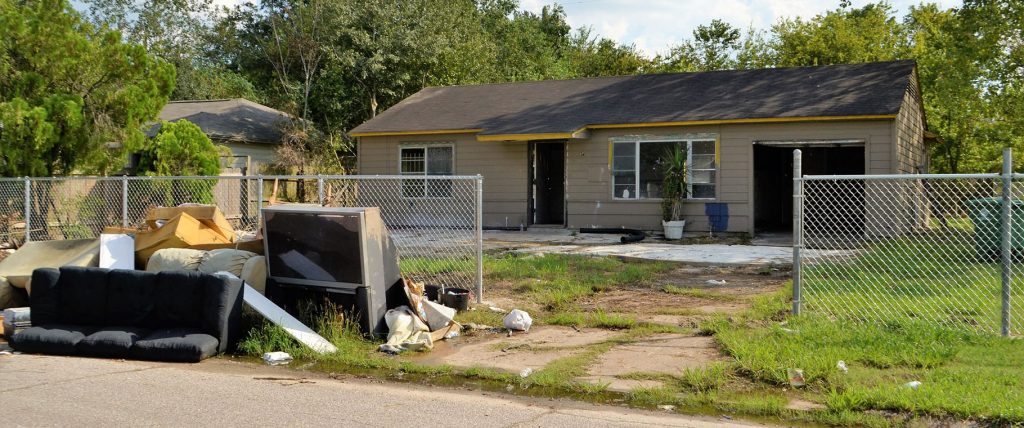What Is Water Mitigation?
Even when you are as ready as possible, water damage may still affect your home or business. Plumbing can wear out, and roof tiles can have unforeseen flaws. Heavy rain or regional flood may overwhelm even the best drainage systems. Once the damage is done, quick and effective water reduction will be necessary for any property.
So What Exactly Is Water Mitigation?
Water reduction is the process of minimizing water damage to possessions and property after a flood or leak. The most important initial action you can take is to call a nearby local plumber who can get to you quickly so they can assess the source of the water and immediately take action to stop the leak from causing additional damage to your house.
While you’re waiting for an experienced technician to arrive, there are many measures you can take to help prevent additional damage to your house or belongings. It’s far better to decrease the water damage premature than delay and permit water to permeate walls, flooring, and foundations.

When It Is Safe To Do So…
1. Locate the electircal breaker and turn it off. This will minimize the inherent danger of electric shock.
2. If the flooding has come from a burst pipe the locate the water mains and turn it off to prevent further egress off water into the property.
3. Eliminate your precious belongings and place them in a safe place to dry.
4. Put aluminium foil beneath the toes of any furniture on wet surfaces. This aids in preventing even more moisture rising up into the furniture. This can also go some way in preventing staining on surfaces.
5. Remove books, papers, dyed fabrics, and some other items from the
floor.
6. Lift any hanging drapes, draperies, or furniture skirts from the
water. It is possible to prevent water from damaging your walls or furniture and maintain the humidity level to a minimum.
You Should Never…
Enter a flooded area which still has an active electric current, even if it appears that the water has not raised as far as the sockets on the wall. If there were just one exposed wire, then this would cause danger to those in the vicinity.
1. Place newspaper on moist floors; the ink will move to the surface and
stain the region.
2. Run any water-based appliances such as dishwashers, toilets, or taps. If
your leak is because of a broken pipe, doing some of them may make the flooding
worse.
The first thing you should look for in a contractor is a fast attendance time. The quicker the problem is dealt with, the less likely there are too be longer-term problems.
A technician will access your situation, and then they should get straight to removing any standing water. Then a contractor can use specialist machinery to deal with
They should then wash and dry the affected area. Good quality dryers will keep the air circulating, and accelerate the drying process. They will probably then use dehumidifiers for areas that aren’t well ventilated. Desiccants, which is added to the dehumidifiers, can also assist with the speed of evaporation. Sometimes the company may also use Ultra Low Volume Foggers to prevent odors from taking hold in the affected region.
Water Mitigation on your premises can cost tens of thousands of dollars in repairs. Mould and mildew are not only unhealthy to breathe, but they also can leave harsh and unmistakable odors in the room. Items which were not initially damaged can become damaged by exposure to mould, mildew, and humidity. Water damage can also cause hidden structural damage, which can add significant amounts to the repair bill.


